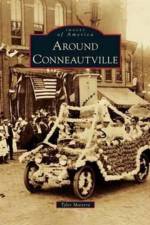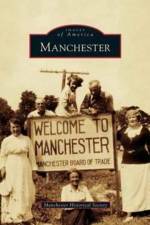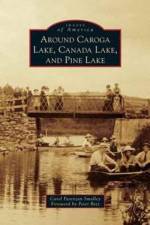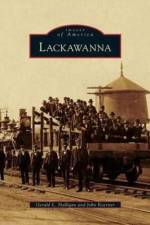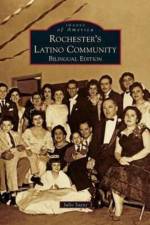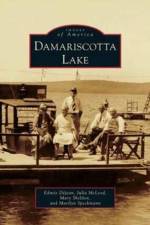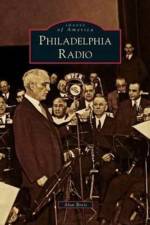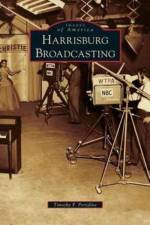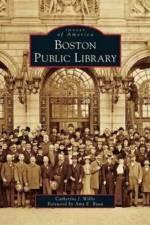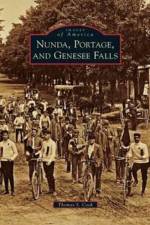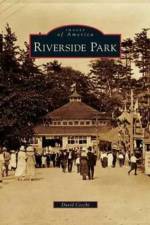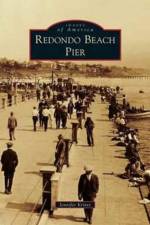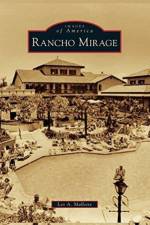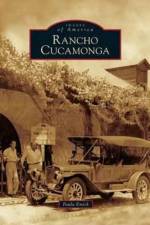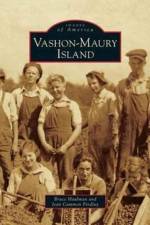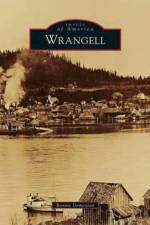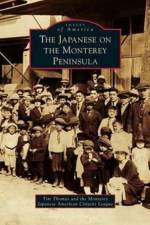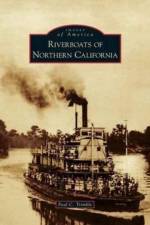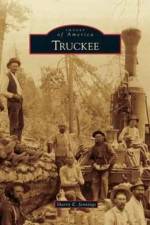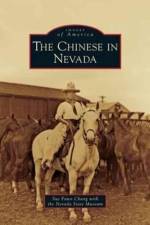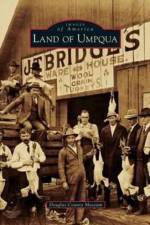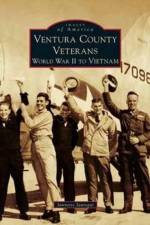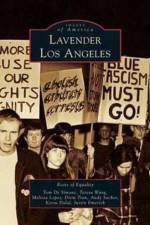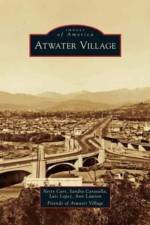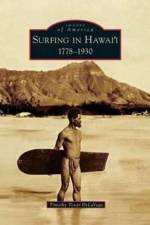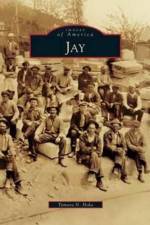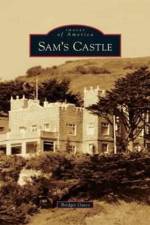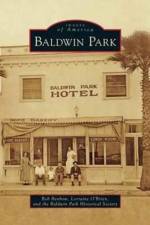av Tamara N Hoke
385,-
Jay is a small town with a grand history. The town was comprised of a number of villages, which served as self-sufficient communities, many with their own main streets. Among these villages were North Jay, East Jay, Bean's Corner, and others that are still referred to by inhabitants today. In the 19th and 20th centuries, Jay was home to a number of different types of mills, factories, and other industries, including the North Jay granite quarries, Noyes and Lawrence sawmill, Hutchinson and Lane lumber steam mill, Alvin Record's mill, Jay Wood Turning Company, a canning factory, International Paper pulp and paper mills, and a carriage factory. Many immigrants came to Jay to work in the numerous industries. Some were temporary workers, and others made Jay their home. Among the nationalities were French Canadians, Italians, Lithuanians, Czechs, Poles, and Finns.


